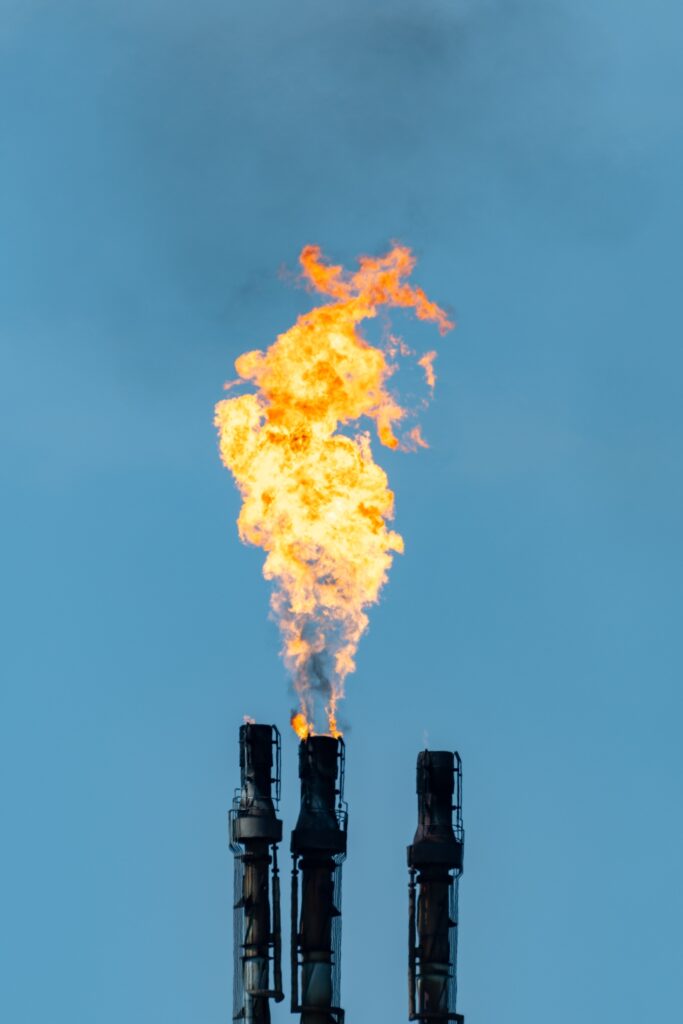SRON has started a collaboration with the World Bank’s Global Flaring and Methane Reduction (GFMR) Partnership to help curb global methane emissions. Using satellites, the team will detect methane emissions from unlit flare installations. The project will provide actionable data to enable mitigation of emissions from the oil and gas sector.
achievable step
The project aligns closely with the goals of both organisations. GFMR is a multi-donor trust fund supported by governments, companies, and multilateral organizations committed to ending routine gas flaring and reducing methane emissions from the oil and gas sector. For SRON, a core mission is the global identification of greenhouse gas emissions. Both organizations recognize that reducing methane emissions represents an achievable and impactful step toward mitigating global warming, while boosting energy security, access, and development.
low-hanging fruit
Unlike active flares that convert methane into carbon dioxide, a greenhouse gas with roughly thirty times less climate impact, unlit flares release methane directly into the atmosphere. From space, SRON leverages satellite observations to identify flaring installations lacking a visible flame, utilizing databases provided by GFMR and its partners. To detect potential methane leaks, SRON employs the Sentinel-2 satellite. Addressing unlit flares is low-hanging fruit in climate mitigation, economic development, and enhanced energy security as methane is a powerful energy source when it is kept out of the atmosphere.
synergy
This collaboration also supports countries in the Global South to reduce the methane emissions from their broader oil and gas sectors. GFMR regularly visits oil and gas installations and in support, SRON analyses these sites using satellites to locate major methane plumes and quantify emissions. GFMR then uses this information to pinpoint exact pieces of infrastructure that are leaking. Drawing on its expertise in the oil and gas industry, GFMR recommends targeted solutions.
global issues at the systemic level
‘The World Bank deals with global issues in the long term at the systemic level,’ says Aaldert van Amerongen, head of the SRON Earth observation programme. ‘Our organisations are therefore a perfect match. Satellites can map our entire planet consistently for decades on a daily basis. This provides information at source and event level, but also about how an area develops on an annual basis.’



